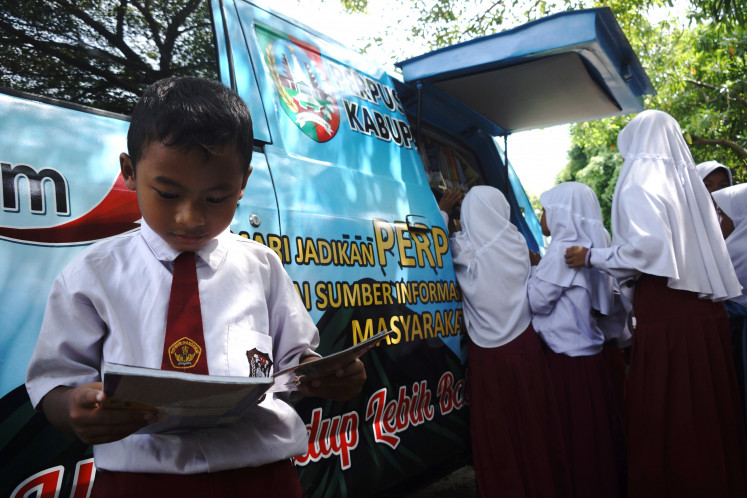Popular Reads
Top Results
Can't find what you're looking for?
View all search resultsPopular Reads
Top Results
Can't find what you're looking for?
View all search resultsDealing with increase in food consumption
With the continuously growing population, it will be challenging for the government to meet the growing demand for food.
Change text size
Gift Premium Articles
to Anyone
With the continuously growing population, it will be challenging for the government to meet the growing demand for food.
Existing policies, like the policy on increasing the production of staple foods like rice, maize and soybean, might not be sufficient to meet the increasing food demand. With a total population of about 261 million and a 1.39 percent annual growth rate, as well as an annual income growth of 5.01 percent, especially among the middle class, managing increased food consumption is no easy task.
Using the standard Johnston-Mellor world food equation, the annual growth rate of food demand in Indonesia is estimated at 3.99 percent (using 0.52 as the income elasticity of demand for food).
Although imported foods are necessary and economically justified when the domestic food production is inadequate, the government’s food policy does not tolerate import dependency, especially with regard to staple foods such as rice and other strategic food commodities.


















